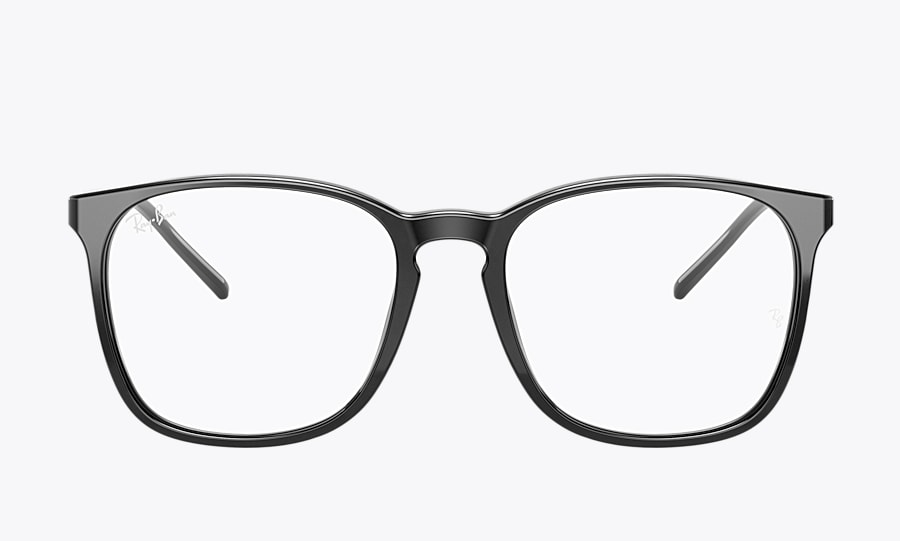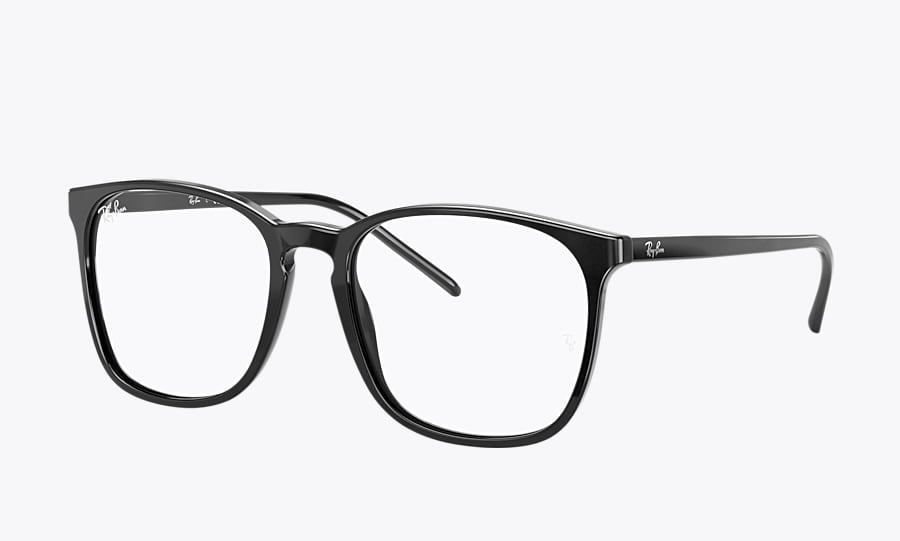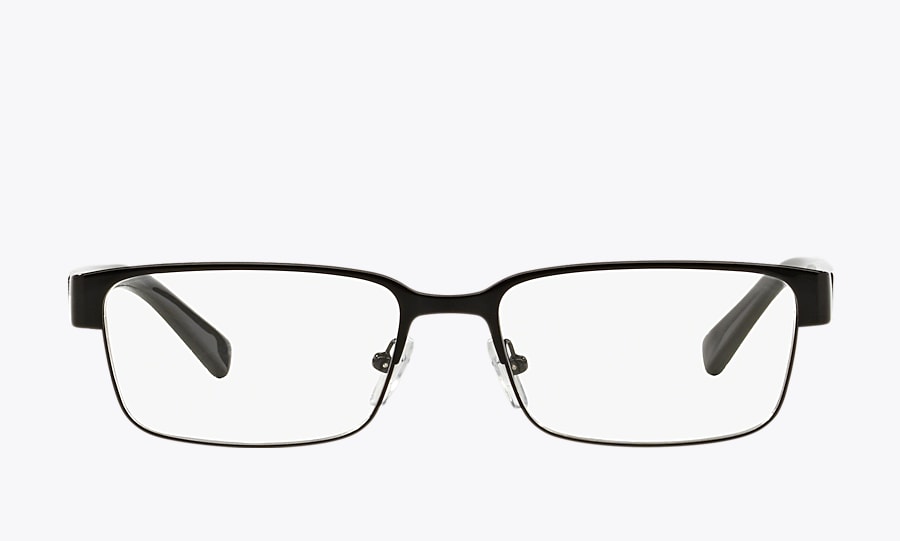
Did you know that in the United States, more than 164 million adults wear glasses?
With prescription glasses so readily available, the journey the simple reading stone took to become the eyewear of today is incredible. So, when were they invented, and by whom?
It took centuries for prescription eyeglasses to become a common remedy for poor vision, with countless brilliant inventors blazing the trail to the perfect vision you enjoy today.
First pair of eyeglasses
The history of glasses starts nearly two thousand years ago. It is uncertain who created the first pair of spectacles, but it was the Romans who first learned how to employ glass to improve their vision of small print and made tiny magnifying glasses with spheres.
As early as the 9th century, Abbas Ibn Firnas, an inventor among many other things, developed the first corrective lenses. These lenses were shaped and polished into round “reading stones.”
Jump to the thirteenth century, and glasses made their first known recorded appearance in Italy. Then, they fitted primitive wood, leather, or animal horn frames with glass-blown lenses, which were held in front of the face or perched on the nose. These were primarily used by monks and gained popularity as technology advanced during the Renaissance.
The best evidence that these glasses existed is still in art, as early Renaissance paintings occasionally show scholars wearing handheld frames or perch-style glasses.
Based on crude vision testing, glass makers would create lenses with varying thicknesses. The Italian invention, originally accessible to the wealthy, expanded throughout Europe as these glasses gained in popularity. Glasses were status symbols of intelligence and wealth during the Renaissance because education was a prized quality.
The evolution of eyeglasses continued through the 1700s when the next distinct historical illustration of spectacles appears. As temples evolved to cross over the ears, glasses became "hands-free."
The invention of prescription glasses
What year were the glasses invented? It is generally accepted that the invention of glasses, understood as the first pair of corrective spectacles was created in Italy sometime between 1268 and 1300, but the exact date is disputed. These were essentially two magnifying glasses (reading stones) joined by a hinge that rested on the bridge of the nose.
Tommaso da Modena depicted monks using monocles and donning these early pince-nez (French for "pinch nose") style eyeglasses to read and copy manuscripts in a series of paintings from the middle of the fourteenth century.
Further advancements in corrective eyewear
Following the "over the ear" invention, the pace of new advances in glasses started to pick up. By creating the bifocal lens, which allowed someone with both myopia and farsightedness to use one pair of glasses rather than two, Benjamin Franklin increased the usefulness of glasses. At first, he accomplished this by splitting the lenses in half and joining them into a single frame.
"Scissor spectacles" were another fashion trend at the time. When needed to see something important, these glasses could be slipped into the pocket and removed. These were the solution for men who only enjoyed wearing glasses sometimes: pocket glasses that folded up on a hinge like a pair of scissors.
Glasses were still handcrafted and not accessible at the beginning of the 19th century. However, the industrial revolution was just around the corner, making it much simpler for working men and women to acquire the required eye correction thanks to the mass manufacture of both frames and lenses.
Eye doctors were perfecting tailoring lenses to patients’ individual needs. In the 1800s cylindrical lenses were made to correct astigmatism.
Modern innovation in glasses
The 1800s saw advances in lens technology and low-cost, precise prescriptions; the 1900s saw a push toward making glasses trendy and stylish. For those who desired eyeglasses to complement their face shape, eye color, or attire, frames in various sizes, materials, and colors became available.
For instance, Theodore Roosevelt wore pince-nez glasses, which did not have earpieces but a nose clip to keep the spectacles on the face. Earlier in the century, these glasses were fashionable. Then they became synonymous with aging, and they lost their appeal.
The availability and advancement of durable plastics had a profound impact on style. Glasses didn't have to have metal, horn, or wood frames anymore as plastics could be shaped and molded into many forms.
Sunglasses became more popular in the 20th century as well. While sunglasses were invented for the first time in China in the 12th century, they were neither for vision nor sun protection. Instead, they were employed to cover judges' eyes during court proceedings so that no one could see their facial emotions.
With colorful lenses, other eyewear manufacturers experimented, but again, not for protection, until the 1900s. Then, in 1929, sunglasses were mass-produced for glare reduction and sun protection as the trend moved beyond medical use.



















